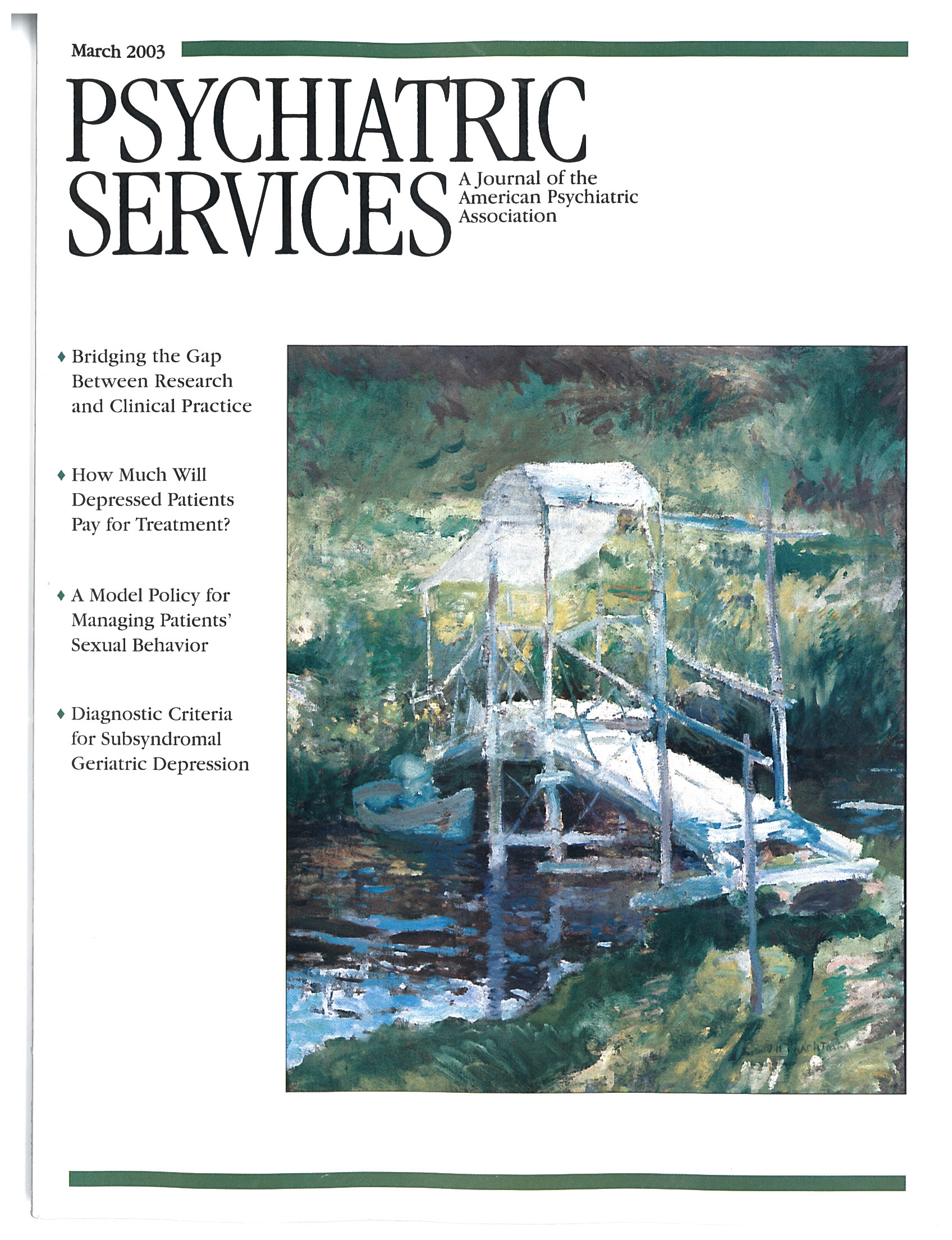Retrospective Assessment of Mental States in Litigation
Retrospective assessment of mental status is inevitably influenced by the biases of the observer. Any historical reconstruction, despite all efforts at objectivity, will be the product of a time and a viewpoint. Nevertheless, in the forensic arena we are often called upon to reconstruct the mental status of an individual at the time of the commission of a crime, the signing of a will or contract, or the causing of an unusual accident. Thus we must make our best effort at reconstructing the thought process of the individual at a specific time in the past. Robert I. Simon and Daniel W. Shuman have compiled a very interesting book that discusses various aspects of this process.
The book is wide in scope, covering topics such as legal standards for criminal responsibility and competence as well as retrospective assessment of malingering, suicidal intent, and children's mental status. There are also chapters on the forensic examination, the retrospective evaluation of mental status without benefit of direct examination, the use of psychological testing, and the use of special methods in memory retrieval, such as hypnosis and drug-enhanced interviewing. The book includes a discussion of risk assessment for violence and the use of actuarial instruments in predicting risk.
Retrospective Assessment of Mental States in Litigation should prove useful to the psychiatrist serving as expert witness. The chapters are well referenced. Parts of the book might be of interest to any psychiatrist, whereas other chapters are quite specialized. I found the discussions of research on memory and memory retrieval particularly interesting. Also of special interest was an extensive discussion of how the DSM classification scheme has been seen by the courts since the Daubert (1) decision regarding admissibility of scientific evidence. This is likely to become fuel for cross-examination, and any expert witness making a DSM diagnosis should become familiar with it.
On the other hand, I was disappointed to see such a brief section on the use of actuarial instruments to predict violence. Actuarial instruments have been shown to be more reliable than clinical judgment in prediction of future violence, and anyone asked to make predictions about a patient's potential for violence should be familiar with several of the instruments, their application, and their limitations. Also deserving more discussion is the concept of psychopathy and the instrument most commonly used to measure it, the Hare Psychopathy Checklist—Revised (2). Psychopathy is a very useful construct both for understanding motivation and for prediction of future risk, and it is wise to consider the dimension of psychopathy in any reconstruction of mental state.
Overall, I would recommend this book highly to anyone interested in the topic. It is well written and will serve as a good reference.
Dr. Kovasznay is clinical director of the Bureau of Forensic Services in the New York State Office of Mental Health in Albany.
1. Daubert v Merrell Dow Pharmaceuticals, Inc, 509 USC 579 (1993)Google Scholar
2. Hare R: The Hare Psychopathy Checklist—Revised Manual. Toronto, Multi-Health Systems, 1991Google Scholar



